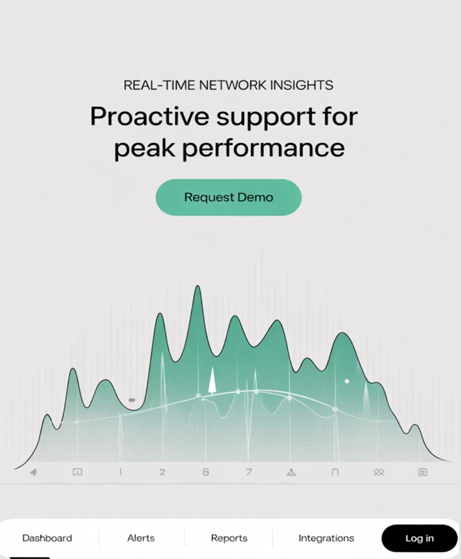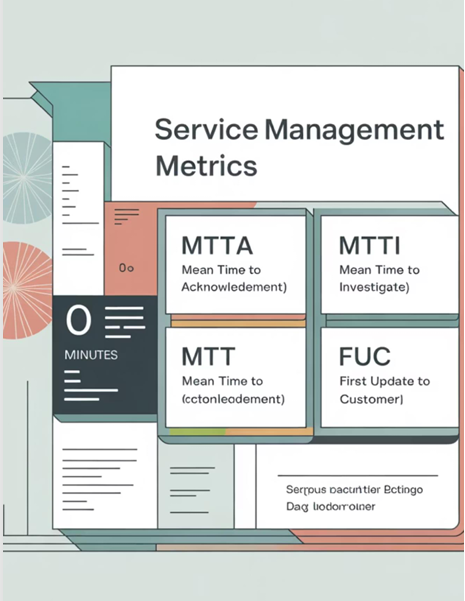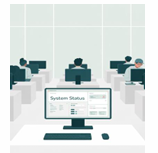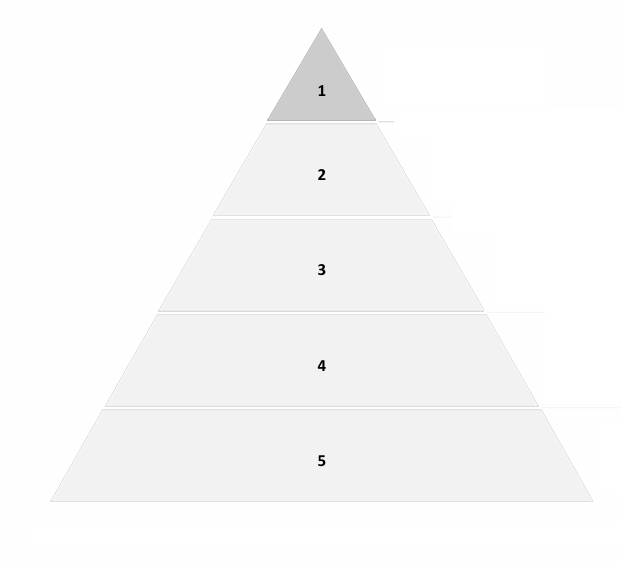Managed Service Operations Centre (MSOC)
Service Request Quality Management Framework
Establishing excellence in technical support through comprehensive quality parameters and streamlined service delivery processes. This framework defines the critical metrics and operational standards that drive superior customer satisfaction and service reliability.



